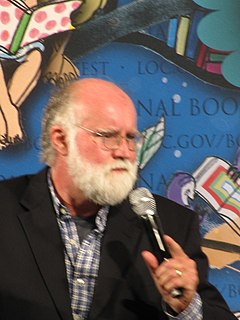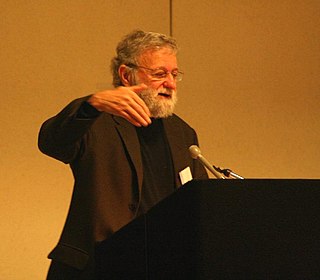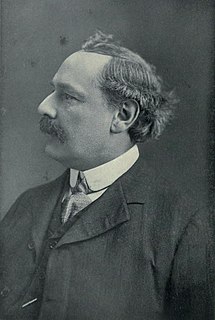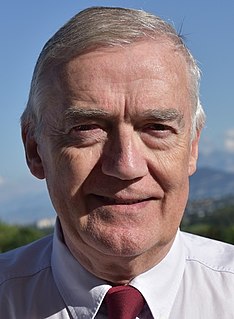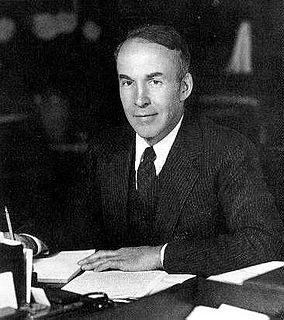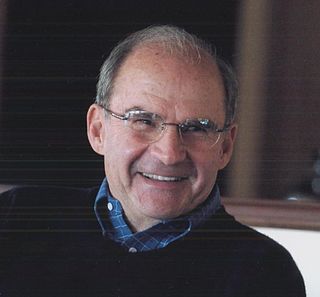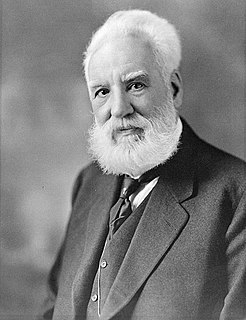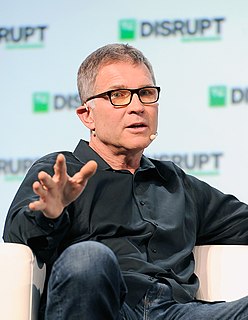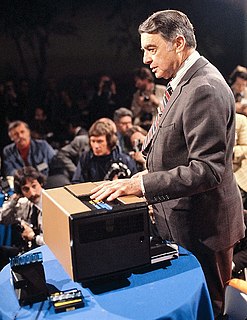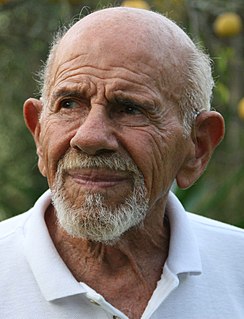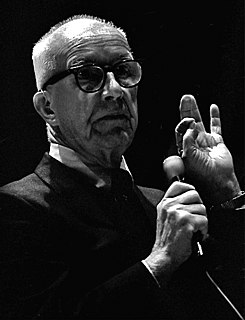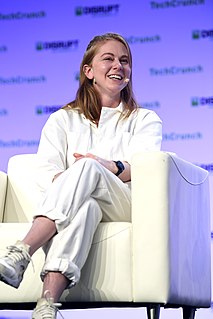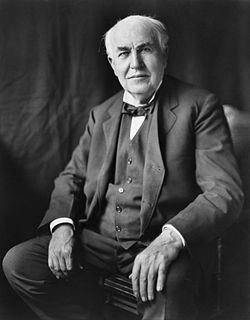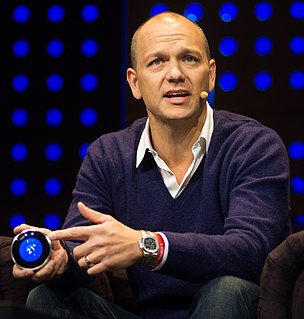A Quote by Tim Berners-Lee
Forming of a web of information nodes rather than a hierarchical tree or an ordered list is the basic concept behind HyperText.
Related Quotes
Hierarchical formulations died because their wedding cake levels posited a multiply fractured cosmos that does not match the Space Age revelation of a unified universe in which the earth is clearly in, rather than separated from, the heavens. Hierarchical representations do not reflect what either the world or we are like.
We never see a tree except through the image that we have of it, the concept of that tree; but the concept, the knowledge, the experience, is entirely different from the actual tree. Look at a tree and you will find how extraordinarily difficult it is to see it completely, so that no image, no screen, comes between the seeing and the actual fact. By completely I mean with the totality of your mind and heart, not a fragment of it.
What defines Web 2.0 is the fact that the material on it is generated by the users (consumers) rather than the producers of the system. Thus, those who operate on Web 2.0 can be called prosumers because they simultaneously produce what they consume such as the interaction on Facebook and the entries on Wikipedia.







